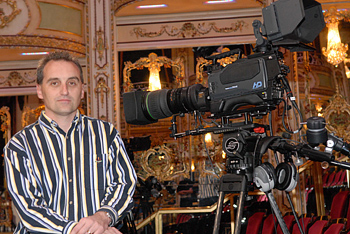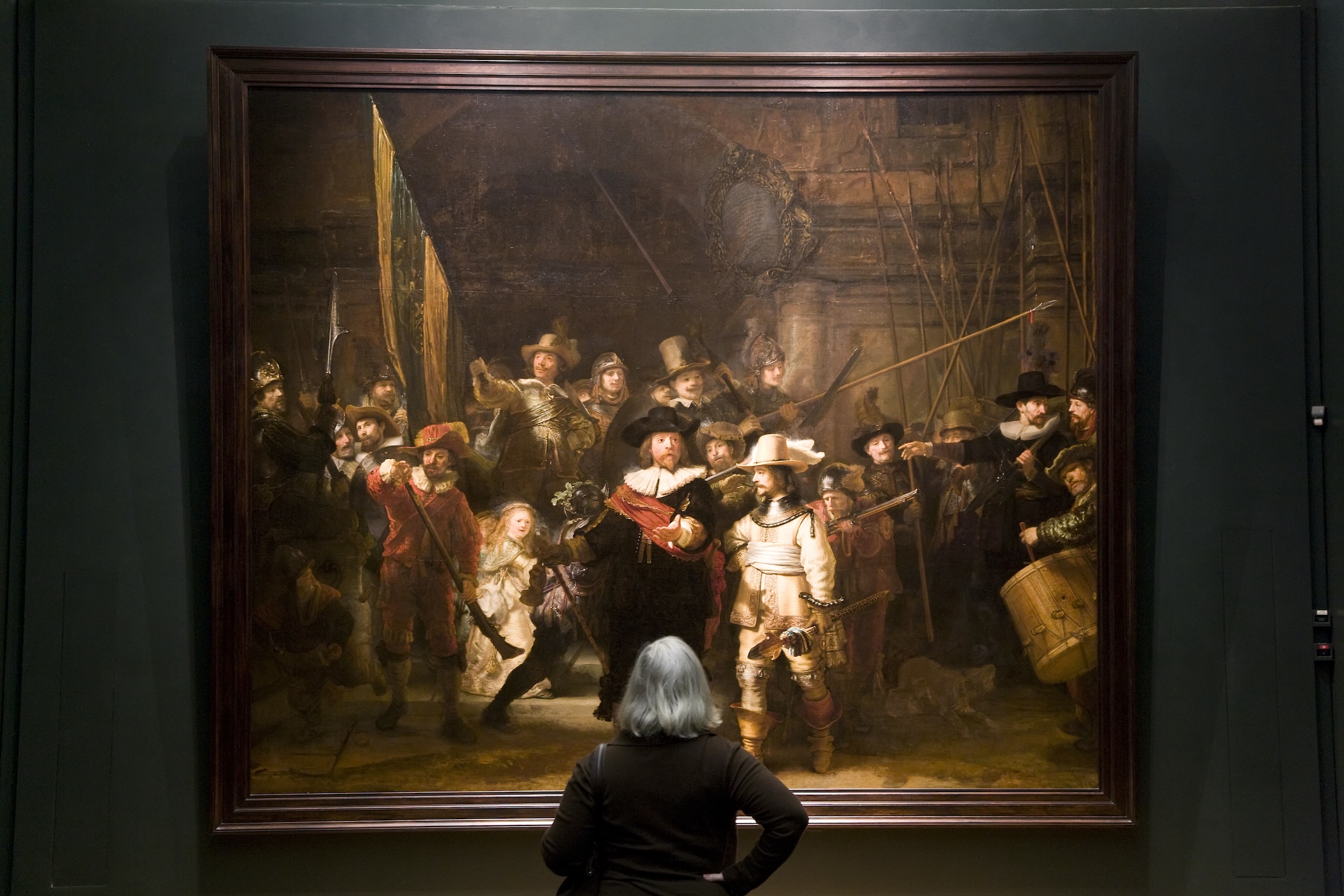TBN Launches HD Facilities
DALLAS While its goal of spreading the gospel of Christianity is undoubtedly the same some 36 years later, the face of the Trinity Broadcasting Network (TBN) has evolved from its single camera origins to become the largest faith-based television network in the world.
That evolution has helped to transform the notion that so-called religious broadcasters were at the amateur end of the spectrum, in which a ramshackle broadcast facility was assembled with an assortment of mismatched equipment and simplistic ideas about production values.
In reality, faith-based broadcasters like TBN represent a segment of the broadcast industry that has grown considerably over the last 10 years, ushering in a renewed focus on equipment and technology that is tailored to the needs of the faith-based broadcast market.
DESIGNING FOR FAITH
As that market has grown, so has the interest in facility design for this segment of the industry, as faith-based networks bloom into a full-blown broadcast empire that—in TBN's case—ranks as the seventh largest television network in the nation.

Russell Hall, TV Director for TBN, stands next to an Ikegami HDK-79EXII in TBN's new Manhattan studio. And when it comes to designing a facility for this segment, design firms say an increased focus is put on economy; like their public television counterparts, TBN does not accept commercial advertising, and receives its funding from grants and individual donor contributions. That puts facility design firms in the position of creating a broadcast workflow that incorporates state-of-the art technology while keeping a constant eye on the bottom line.
In 1973, TBN was little more than a fervent idea put together by Paul and Jan Crouch, who used their single television camera and basic microwave transmitter to broadcast their message to the local Santa Ana, Calif. station. Back then, technology was limited to a so-called magic black card, according to their son Paul Crouch, Jr., where a camera operator would slide a single piece of black piece of paper in front of the lens to transition from the talk show set to a musical number.
"It's mind boggling to see where technology has come and where we are today," Crouch Jr., said, harking back to the time when his parent's first VTR was the size of a small refrigerator and color cameras were nearly the size of a VW bug.
In the years since, the Crouch family has built a network with net assets of $839 million, including 36 full-power TV licenses across the U.S., and carriage on more than 5,000 stations.
Today, the technology installed in TBN's newest campus is a tad-more state of the art. Heeding the HD transition, the network recently upgraded its broadcast facilities to full high-definition status—one in Dallas and one in New York City—to add to its production hubs in Atlanta, Los Angeles, Miami and Nashville.
In New York City, the network gutted the former home of the Century Theatre, a three-story performing arts theatre built in 1846. Following the lead of facility design firm TV Magic, the 15,000-square-foot facility has since been converted into an HD production facility with a production studio, a studio that doubles as a ballroom, and 300-seat theatre and stage with six Ikegami HDK-79EXIII HD cameras, Solid State Logic audio boards, a Grass Valley Jupiter routing system, and Grass Valley Kalypso HD production switcher. The facility's eight HD cameras are built around a fiber-optic network that links together the control rooms and AV sources.
BELT BUCKLE OF THE BIBLE BELT
Yet it is the broadcast and production campus headquartered in Dallas that serves as the network's crown jewel. In the last year, the network has revamped the facility into an HD-capable enterprise, said Richard Craig, a project engineer for TV Magic, which has installed automation and server systems at TBN stations for a number of years.
"We've taken out the old analog equipment and upgraded them to HD, but what's really unique are the five venues" that comprise the Dallas campus, he said.
The Dallas campus includes a large production building known as the International Production Facility; a separate TV facility; a 3,500-seat church with 11 cameras; a gymnasium with a 60x40-foot production stage; and a 2-acre park with a pond and broadcast production area.
With each of the venues at least a quarter mile apart, the facilities had previously served as their own individual production studios; each venue using disparate cameras and individual production facilities to create programming and broadcast productions.
But to keep costs down and profitability up, the network decided to link each of the five facilities together via fibre. TV Magic worked with TBN to build a single control room with Solid State Logic 200 audio equipment, Grass Video Kaleido production switchers, Miranda systems for upconversion and downconversion, and Evertz signal processing technology. The network also purchased Grass Valley HD cameras that can be moved from locale to locale.
"Most venues were a quarter mile apart," Craig said. "Geographically, for one facility, it was a real challenge." "What's unique about this project is the scope of it," Craig added. "In this project we had to accommodate them by dismantling the entire facility and keeping track of the existing infrastructure."
The professional video industry's #1 source for news, trends and product and tech information. Sign up below.
Susan Ashworth is the former editor of TV Technology. In addition to her work covering the broadcast television industry, she has served as editor of two housing finance magazines and written about topics as varied as education, radio, chess, music and sports. Outside of her life as a writer, she recently served as president of a local nonprofit organization supporting girls in baseball.

